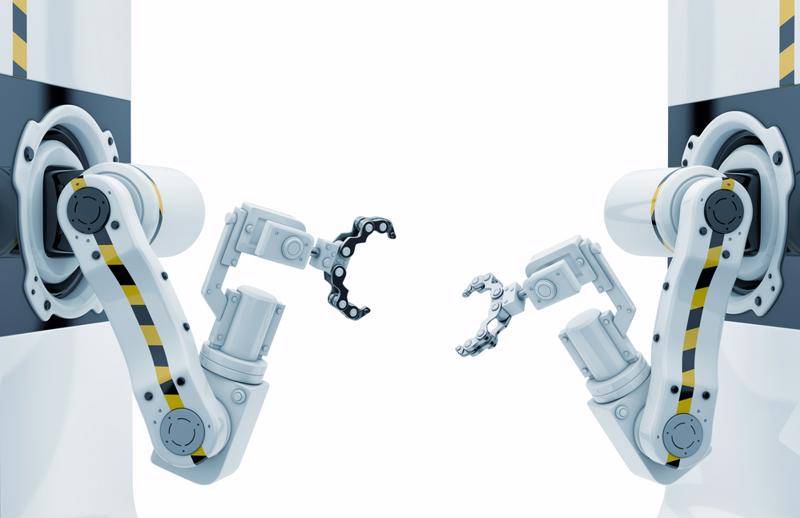Given its ubiquity, a few questions arise: What will warehouse automation look like in 2023? Will warehouse occupancy grow to accommodate the infrastructure? How will it address business owners' supply chain challenges? Here are a few predictions:
1. Surge in robots-as-a-service usage
Robots as a service, or RaaS, refers to the delivery of robotic solutions on a subscription or pay-per-use basis. Similar to software as a service (SaaS), RaaS allows businesses to use robots without having to purchase and maintain them.
According to Supply Chain Brain, due to the ongoing labor shortage, RaaS will likely gain more traction in the months ahead to plug unfilled roles that would normally be held by individuals.
Moving forward, employers will need to make decisions on their paths forward by asking themselves tough questions. Why has the labor shortage persisted as long as it has? What inducements, beyond better pay, will encourage more people to apply? How much money are they saving through RaaS, and if so, does it make sense to expand their use? These are all key questions that will chart the path forward for organization.

2. Humans will become more relevant, not less
In light of the fact that automation continuous to flourish — inside and outside of warehouse settings — some believe that humans are on the cusp of being fully replaced, a feeling they've had for a while. Several years ago, for example, over a quarter of respondents in a Gallup poll believed they'd be out of a job within 20 years because of automation.
Experts say otherwise. That's because warehouse automation needs to be overseen by human beings to guard against malfunctions, for maintenance and to ensure the equipment starts and stops when its supposed to. Machines are also designed to perform more repetitive tasks rather than those that require contemplation and critical thinking. Organizations that rely on warehouse automation — such as retailers and logistics companies — are still actively recruiting people, despite their increased usage of robotics.
3. Dip in warehouse demand
While warehouse automation may be expanding, demand for warehouse space is slowing, largely due to the dramatic increase in interest rates fueled by inflation and actions of the Federal Reserve. That's expected to continue into 2023 as mortgage rates tick higher.
According to Cushman & Wakefield data obtained by Supply Chain Dive, the amount of occupied warehouse space fell over 9% in the fourth quarter compared to the third. The commercial real estate firm added that warehouse supply will push higher in 2023 because demand is declining at the same time as contractors are completing construction.
Organizations are poised to continue investing in warehouse automation, but in spaces they already occupy.



Post A Comment:
0 comments so far,add yours